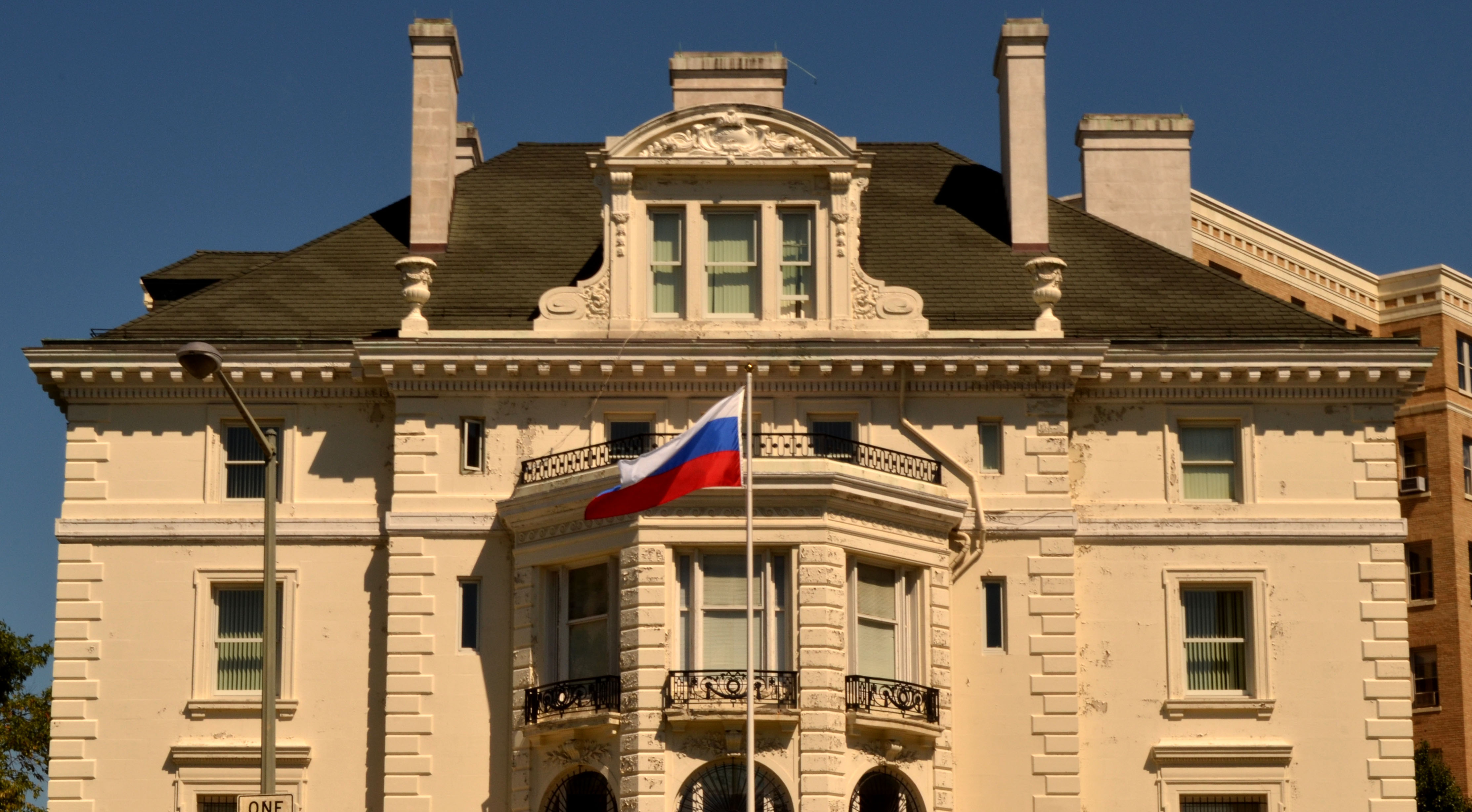
Russia’s exports bound for the U.S. went up over 2016, the tense political situation notwithstanding.
In spite of a highly charged political atmosphere, the decline in the overall trade balance of the U.S. and Russia in 2016 has not been as sharp as in either 2014 or 2015. As for Russian exports to the U.S., they have actually gone up, according to Alexander Stadnik, Russia’s trade representative to the United States.
“We have seen a noticeable slowdown in the fall of the trade turnover amidst price fluctuations and other external and internal factors. Besides, we have seen growth of physical volumes of our exports to the United States,” Mr. Stadnik said on March 24, 2017. Based on state statistics for 2016, the trade turnover in 2016 stood at USD20.3 billion, a figure representing a three-percent reduction in relation to the results from the previous reporting year. In 2015, the turnover went down 28.1 percent.
Mr. Stadnik highlighted the fact that the good dynamics in the trade turnover were possible notwithstanding the anti-Russian rhetoric that came from the Obama administration, particularly during the runup to the presidential election in November. The trade official did acknowledge that the political dimension adversely impacted a number of items on the bilateral agenda.
“Russian export to the United States in 2016 amounted to USD9.4 billion, while American imports decreased by 4.6 percent to USD10.9 billion,” he noted. “In physical volumes, the situation is different. Russia’s exports to the U.S. grew by 12.4 percent to USD20.5 million tons, as compared to 18.3 million tons in 2015.”
U.S. companies affected
American service firms were adversely impacted as a result of the restrictive measures that the U.S. instituted against Russia. The damage to these companies was much more considerable than to the Russian entities they serviced, according to Russia’s Trade Representative. Mr. Stadnik pointed out that the Russian companies’ share in the two-way services trade increased 25.8 percent in 2016 to reach USD2.5 billion. Meanwhile, the overall bilateral trade turnover in services declined five percent in the same year.
“The total volume has dropped, while Russian services have grown. It means that the decline was experienced by the American side. This is primarily caused by sectoral sanctions, especially in the financial sector,” Mr. Stadnik stated.
The increase in services provided by Russian entities is largely due to the increased activity of firms in the logistics and the IT sectors, according to the Trade Representative. A substantial increase has also come from the tourism sector.
The U.S.-Russia trade in services stood at nearly USD11 billion in 2013. The following year it dipped to USD10.3 billion, and then to USD7.7 billion in 2015.
Eliminating the middleman
Russian and American companies have had far more direct transactions in 2016, opting out of using intermediary entities, said Russia’s Trade Representative.
“We have always had a difference in the U.S. and Russian trade statistics because we employ different statistical methods,” Mr. Stadnik said. “At present, we still use the same methods, but we have less than a USD500-million difference.”
In Mr. Stadnik’s assessment, the situation in U.S.-Russia trade is comparable to the conditions that existed in 2010.
“In 2010, the U.S. data was USD8 billion higher. The American side calculated all imports, including through third countries, while we only measured direct trade,” Mr. Stadnik noted.
According to the Trade Representative, the statistics show that intermediary-free trade between Russia and the United States has gone up.
Exports to recover in 2017
Russia considers it realistic that U.S.-bound exports recover to a pre-crisis level in the current year. The forecast, according to Russia’s Trade Representative, is that exports to the United States would increase by some 11 percent to end at USD11 billion in 2017.
“We are expecting to reach pre-crisis export levels in 2017, which is USD10.5 to 11 billion,” Mr. Stadnik said referring to trade figures from 2013 and 2014. “But that’s the forecast in the first quarter, and much will depend on how the situation develops.”
“We are also preparing a number of big events in various formats to realize these plans and search for new initiatives,” Mr. Stadnik added. “Frankly speaking, there is a big risk in making positive forecasts in the absence of stability in the bilateral relationship.” The Russian official conceded that President Donald Trump came to office when U.S.-Russia relations were in a disastrous state.
“Just look at how any efforts to improve the situation are countered by the U.S. Congress and the media,” Mr. Stadnik added.
Nonetheless, the Russian Trade Representation is eager to pursue its contacts with Department of Commerce representatives and the new Commerce Secretary Wilbur Ross once the new U.S. administration is fully formed.
“Regular contacts with the representatives of the United States governmental are a part of our job. The new administration is currently being formed. When this process is completed, we will definitely meet with our colleagues from the Department of Commerce, trade representatives, and other departments,” he said. “I hope to see people I already know there and to meet new people.”
According to Mr. Stadnik, the Russian side sees as a priority addressing certain issues relating to the World Trade Organization (WTO), as well as matters of international cooperation.
In the course of his confirmation hearing, Secretary Ross stated that the new administration’s focus would be on curtailing the unfair practices of the United States’ trading partners.
Countering corruption
Throughout the first half of this year, Russia’s Trade Representation in the United States plans hosting events in Washington, D.C. and New York addressing anti-corruption efforts as they relate to bilateral trade.
“We are planning to hold some webinars and seminars with Russian and foreign companies, as well as to meet with colleagues in relevant U.S. departments to discuss this topic,” Mr. Stadnik said. “The Russian businesses are working in line with absolutely different standards today. And they have surpassed the ones we used to set as an example.”
The Russian official emphasized that the new reality represents a very important development and said the Trade Representation will promote it “in every conceivable way.”
According to Mr. Stadnik, the anti-corruption events are a continuation of the work started by the commission on combatting corruption in Russia’s foreign economic affairs set up within the framework of the Organization for Economic Cooperation and Development. The group’s follow-up meeting is set for October 2017.
Russia’s economy has suffered from a downturn that started in 2015 after the decline in oil prices and the introduction of anti-Russia sanctions by Western countries. Based on the data from the Russian Federal Statistics Service Rosstat, Russia’s GDP declined 3.7 percent in 2015.


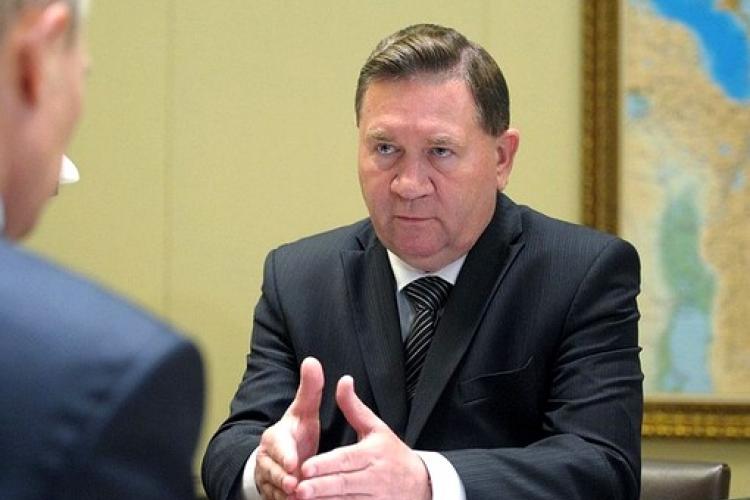
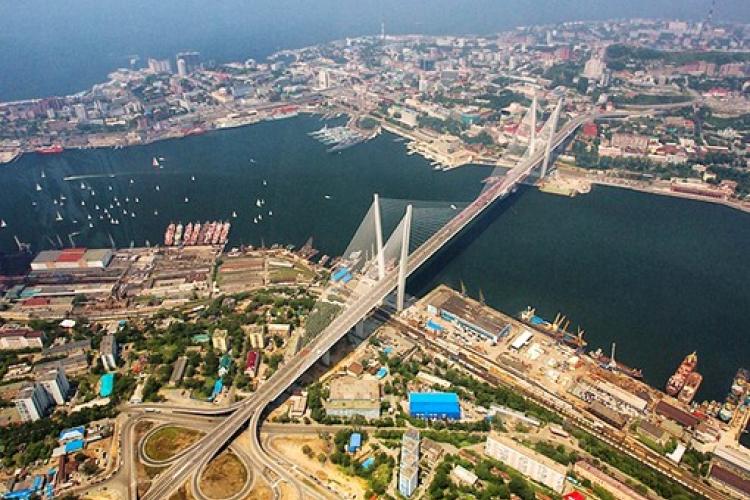

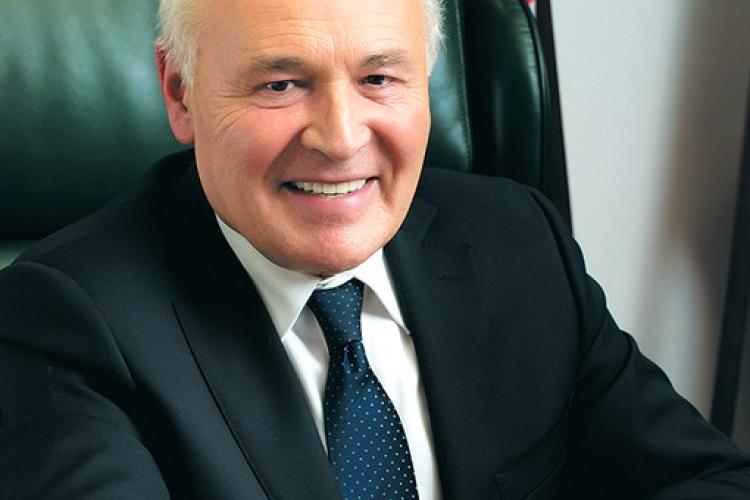
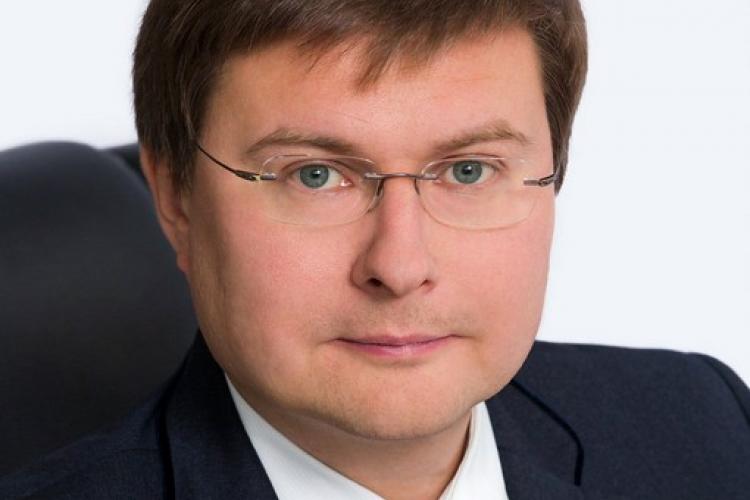
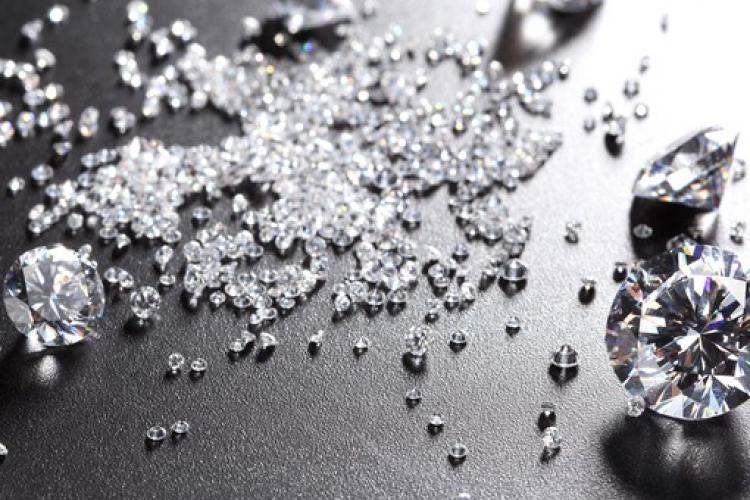

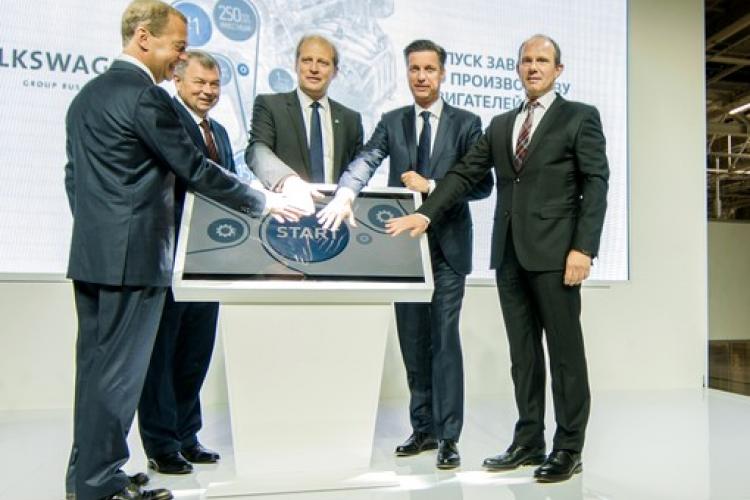
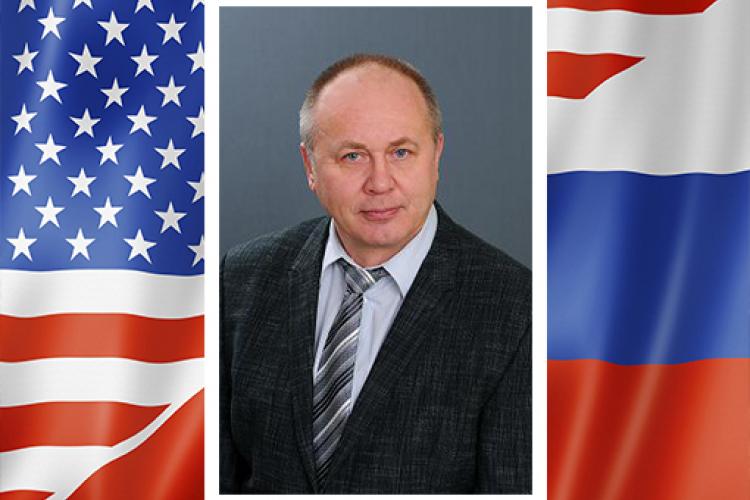

Leave a comment